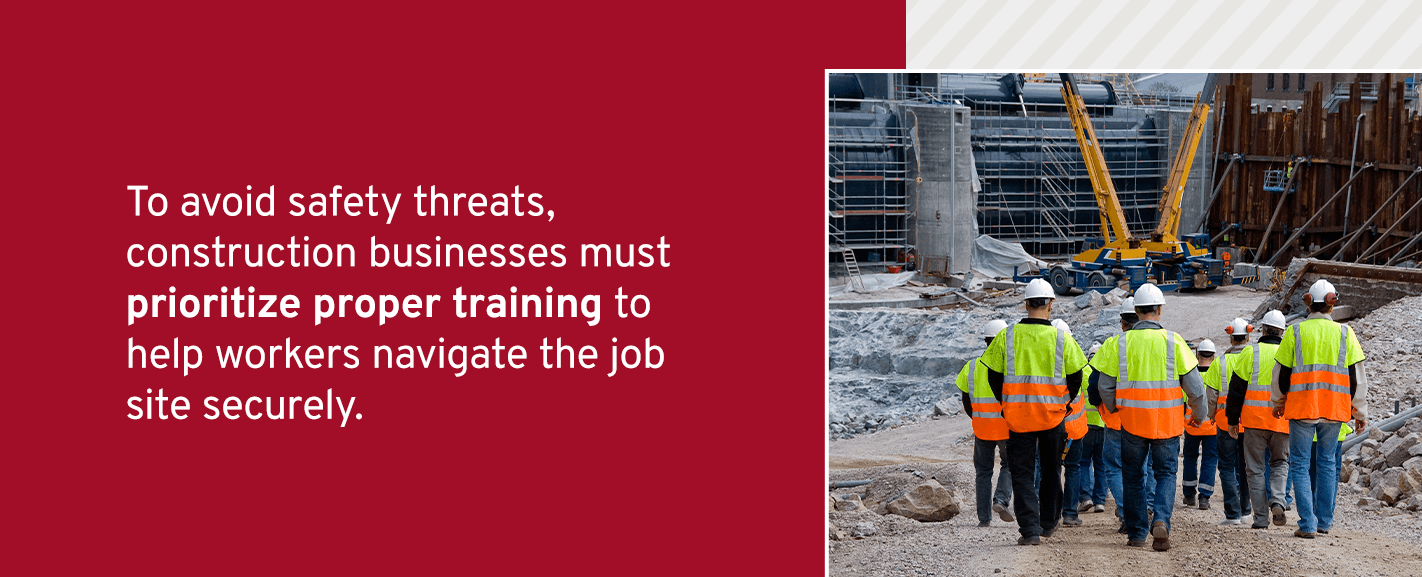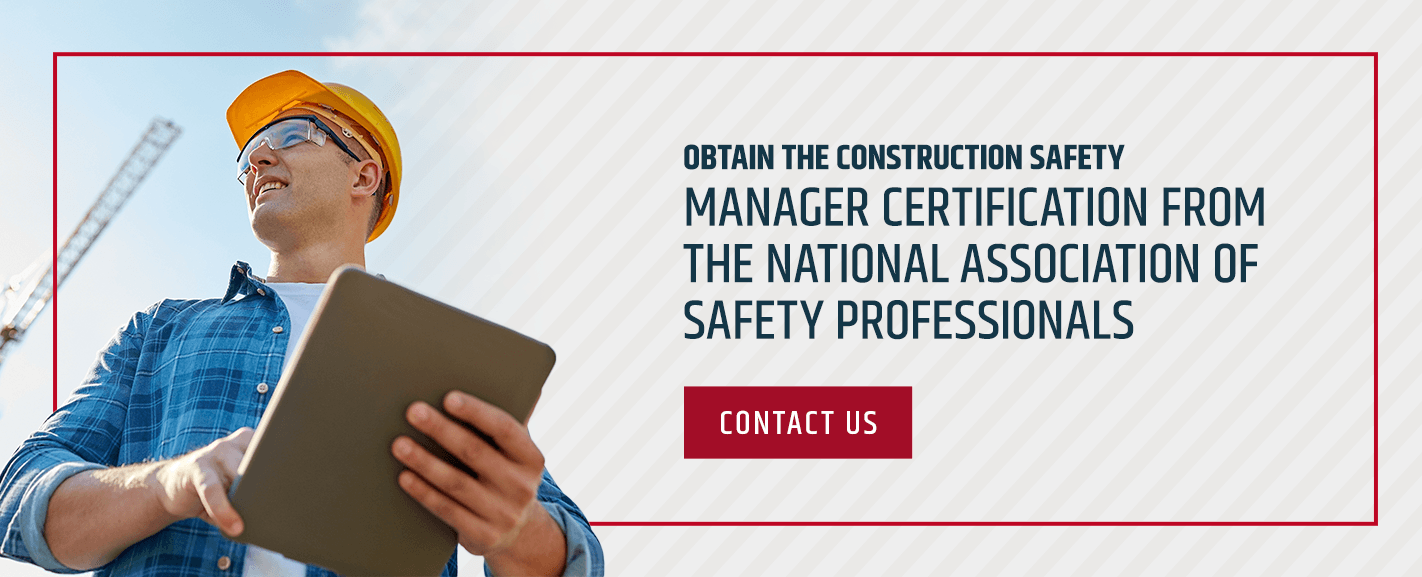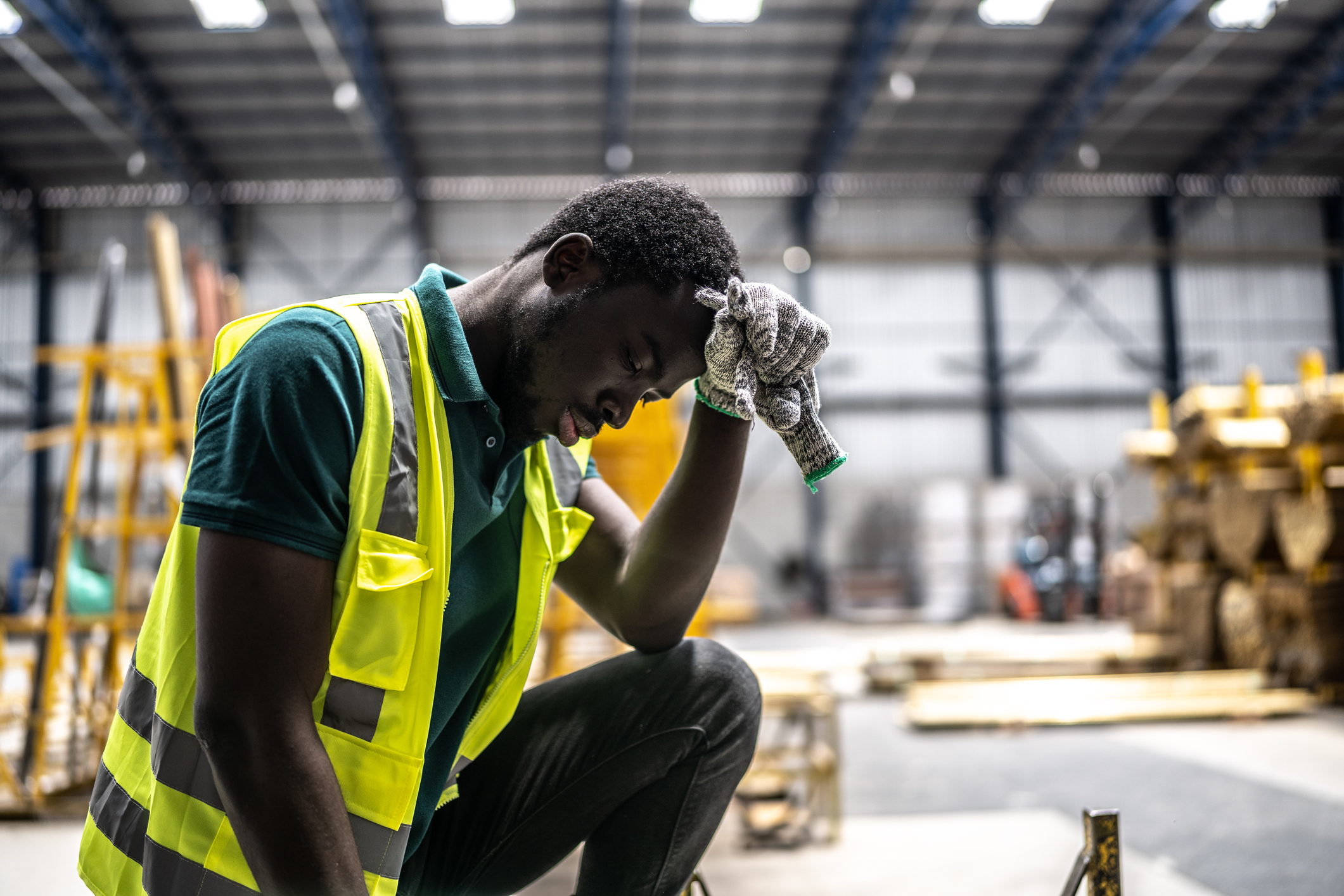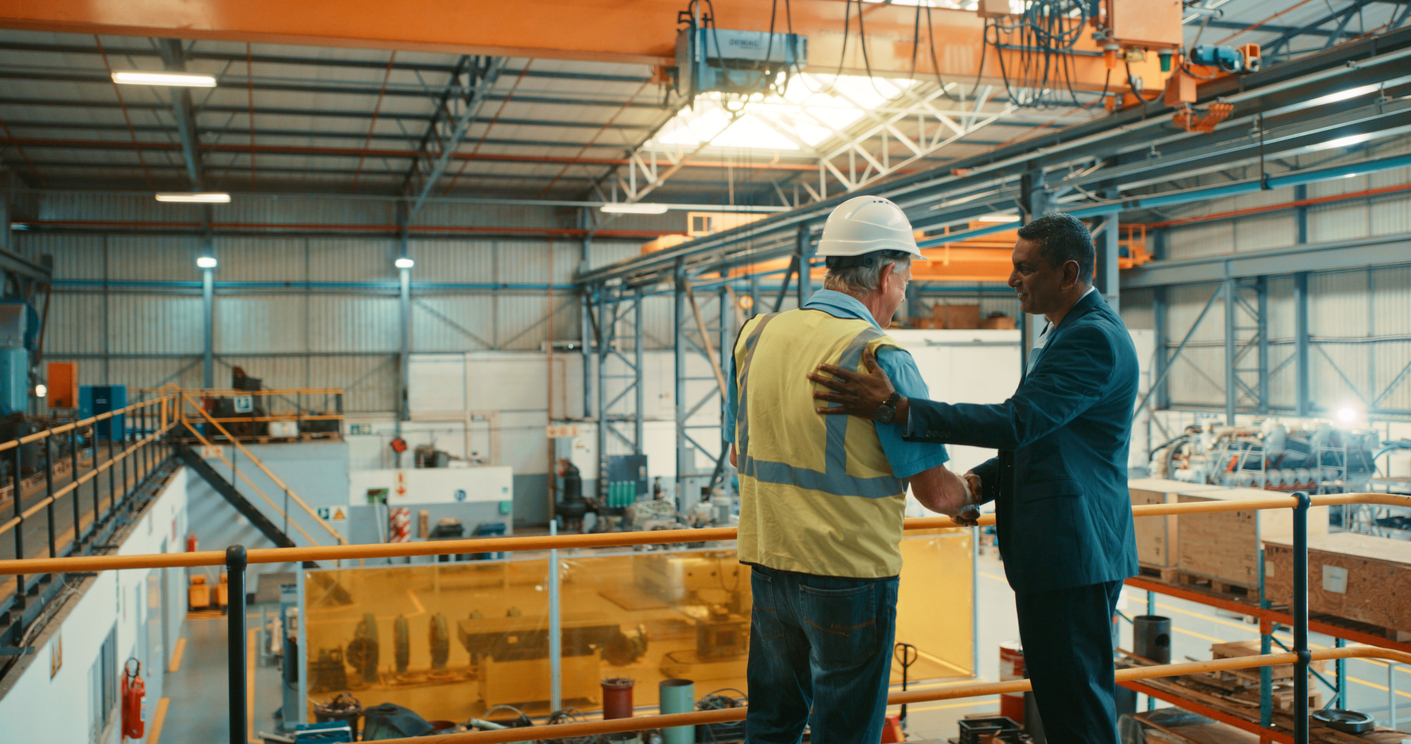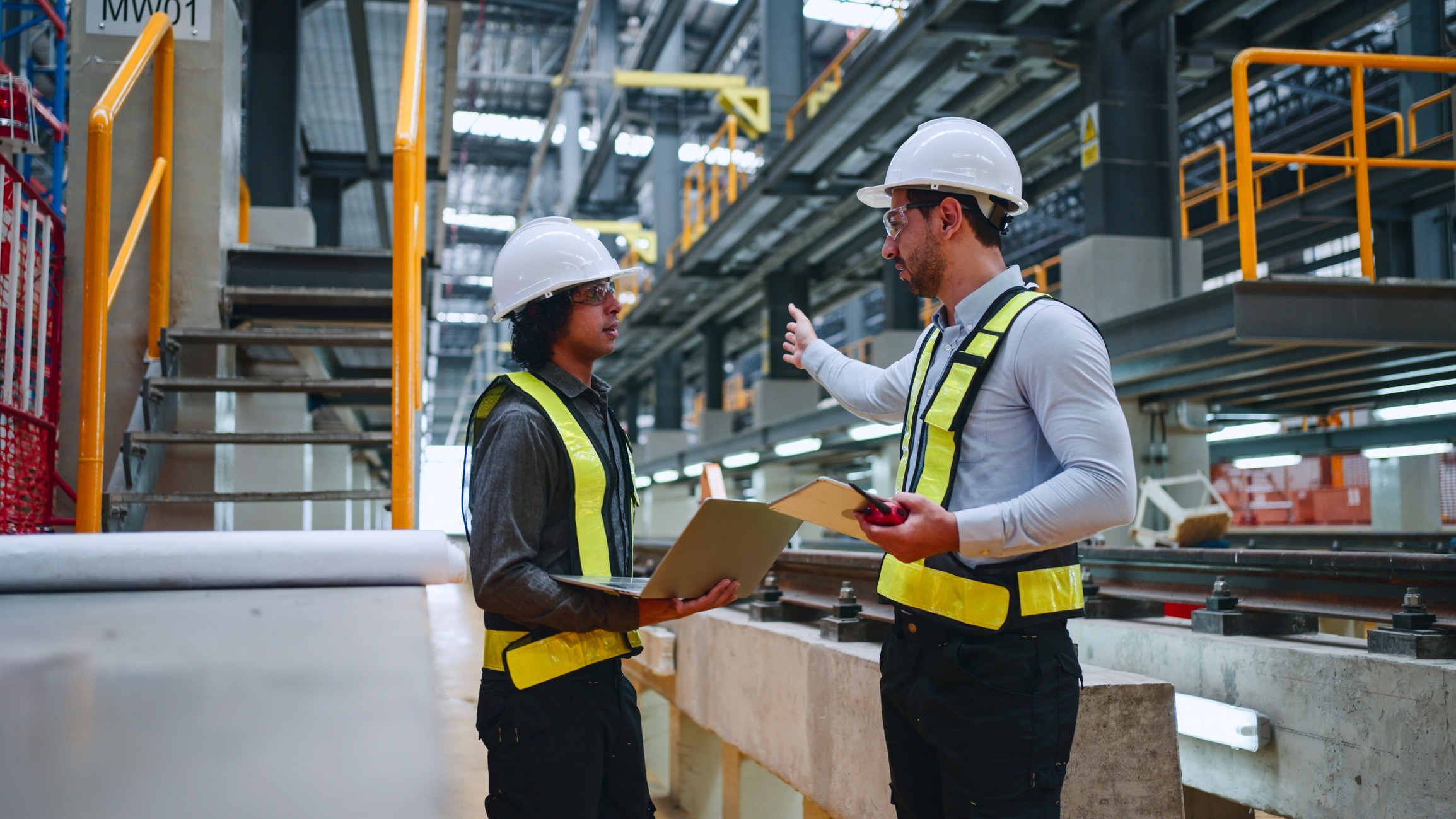Common Safety Challenges in the Construction Industry
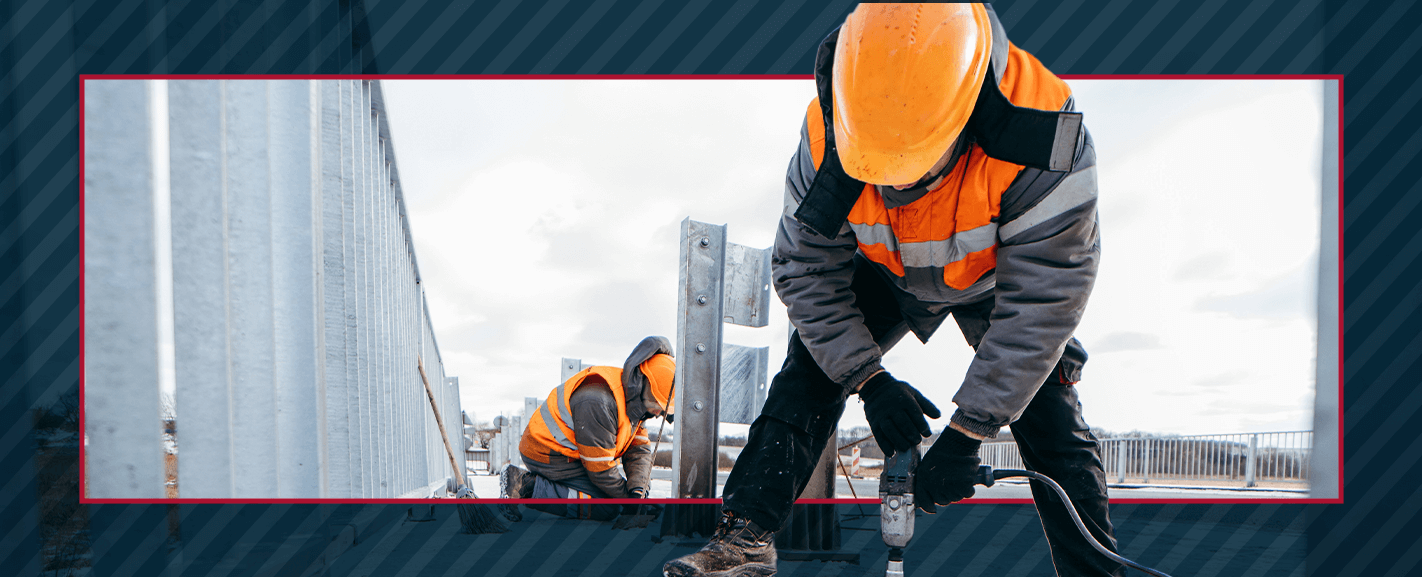
Construction jobs are some of the most dangerous and hazardous in the world. In fact, construction was the leading industry for workplace fatalities in 2022. Safety professionals play an important role in addressing and managing job site risks.
Familiarizing yourself with the top industry threats and their potential outcomes can help you navigate construction laborer safety training, protocols, and leadership with greater confidence.
Below are some of the most common safety challenges in the construction industry that safety personnel must understand and address.
1. Height Risks
One of the general challenges in construction health and safety is working at potentially dangerous heights. Whether workers are hoisted by lift equipment, climbing a ladder, or working on scaffolding, improper practices could result in accidents, falls, or collapses.
Proper maintenance and inspections of scaffolding and its guardrails are essential. Common causes of scaffolding mishaps include:
- Improper assembly.
- Damaged components.
- Overloading.
Working at heights can also present the threat of falling objects, especially as your crew hoists different materials and tools to higher elevations. The correct use of equipment and high work platforms is integral to ensuring safe operation at every level.
2. Trips, Falls, and Slips
Trips, falls, and slips are among the most serious and common safety challenges in the industry. Over one-third of construction worker fatalities were caused by these accidents in 2021.
The following activities can increase the likelihood of a worker losing their balance, sustaining an injury or fatality:
- Working at heights
- Walking on slick or wet surfaces
- Navigating rough terrain
- Functioning on unstable surfaces
- Walking around debris
Address these potential safety hazards with proactive measures, training, inspections, and protocols. Construction workers must stay vigilant and maintain clean, well-organized work areas to combat preventable accidents and injuries.
3. Equipment and Tool Accidents
Among the most common safety challenges in the construction industry is working with powerful equipment and tools. Operating and working around moving vehicles, machines, and attachments can quickly become hazardous, especially without proper safety protocols in place.
There are three primary safety threats from equipment or power tools, including struck-by, caught-in, and caught-between accidents. To avoid these situations, construction businesses must prioritize proper training to help workers navigate the job site securely. Preventive maintenance also helps keep your machines and tools in working condition, making them less likely to malfunction, break, or fail during operation.
4. Electrical Hazards
Electrical dangers are a leading cause of fatalities in the construction industry. Between working with power tools, electrical equipment, and job site wiring, there are many opportunities for mishaps without the right safety protocols in place. Here are some potential issues:
- Improper handling
- Damaged cords
- Exposed wires
- Overloaded circuits
- Wet conditions
- Inadequate grounding
- Poor insulation
Burns, shocks, and fatalities are all possible on a construction site. By implementing proper safety procedures, grounding practices, and inspections to ensure electrical components follow relevant regulations, you can keep your team safer and more aware of these threats.
5. Vibration and Noise Exposure
An experienced construction worker understands how strong vibrations and consistent loud noises can impact their well-being and health. Prolonged exposure to the shaking of heavy machinery, such as drills and jackhammers, can cause different health conditions like Hand-arm vibration syndrome (HAVS).
Managing loud sounds is among the greatest safety challenges in construction. Exposure to equipment and building noises can lead to hearing damage and other ear-related health problems. Wearing personal protective gear, such as earplugs, is essential for combating noise exposure. You can also implement a noise monitoring program or engineering controls to reduce the volume and duration of loud, potentially dangerous sounds.
6. Hazardous Material Handling
Another common safety challenge in construction is working with hazardous materials. In fact, construction companies must create a hazard communication (HAZCOM) standard that indicates all important information on chemical dangers. This helps teams become more well-versed in handling these types of potentially harmful materials.
Hazardous substances that can cause adverse health conditions include:
- Chemicals
- Silica dust
- Lead
- Asbestos
Improper storage, handling, or disposal of these materials can harm the environment and human health, leading to respiratory issues, skin irritation, and even possible poisoning. Strict protocols, adequate training, and proper safety gear are essential for minimizing risk when working with hazardous materials.
7. Confined Space Entry and Navigation
One of the most complicated health and safety challenges in construction is navigating confined spaces. Entering and exploring small areas, such as tanks, silos, manholes, or tunnels, can quickly become dangerous. Some of the top concerns include:
- Asphyxiation.
- Engulfment.
- Exposure to toxic gases.
- Communication hurdles.
Proper training is essential before sending a worker into a tight and potentially dangerous space on your job site. Effective atmospheric testing, equipment, and rescue plans will help your team combat these potential dangers with more ease and peace of mind.
8. Heat and Environmental Stress
Heat and environmental stressors are particularly challenging for crews working outdoors during the hottest parts of the year. Workers exposed to high temperatures and humidity are more at risk for heat-related illnesses, such as:
- Dehydration
- Heatstroke
- Heat exhaustion
Crews should prioritize taking breaks, cooling off in the shade, and staying hydrated.
Working in extreme cold also presents its own dangers, like frostbite or cold stress. Construction teams can minimize these risks by scheduling brief, frequent breaks in warm, dry areas to allow the body to warm up. Additionally, they can schedule tasks during the warmest parts of the day and use radiant heaters in work areas.
9. Inadequate Safety Training and Education
Without proper safety training and ongoing education about proper protocols, hazard recognition, and emergency procedures, your construction workers are more susceptible to accidents and injuries. Inadequate training and education can lead to ethical challenges of safety in construction, which compromises the quality and soundness of your projects.
Share instructions on different safety processes within your building operations, such as properly using different equipment and tools and wearing personal protective gear.
Ongoing conversations and training will help your construction business minimize safety risks on the job. Encourage your team to take workplace safety courses and obtain certifications to demonstrate their commitment to safe, secure work.
Obtain the Construction Safety Manager Certification From the National Association of Safety Professionals
NASP is the construction industry’s go-to resource for workplace safety training and certifications. As a safety professional, you can use the Construction Safety Manager Certificate to demonstrate your proficiency and expertise in safety best practices to potential employers, courts, or regulatory agencies. This foundational course will enable you to learn more about managing and minimizing workplace hazards through proper policies and protocols.
Check out this certificate on our website, or contact us to learn more about our catalog of classes, courses, and programs.
Blog Posts
Latest Posts
Related Posts


